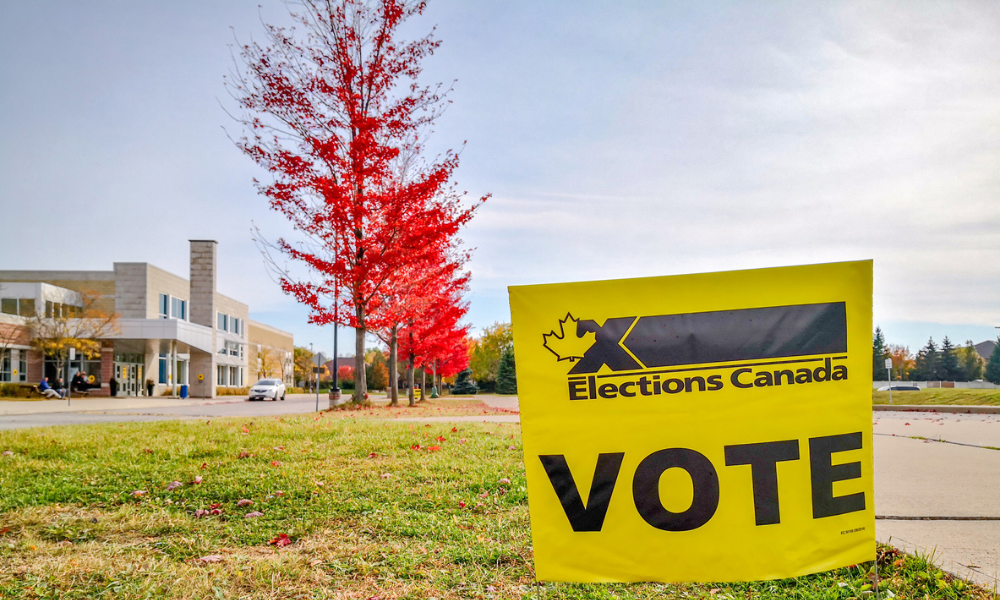Thomson Reuters offers a new path for litigators struggling with reactive client engagement

Sponsored article
Almost any client-facing job brings with it the need to balance your own task list against potential interruptions – usually from the very people you're trying to serve.
In retail, the stakes are fairly low. You might work a few hours setting up an endcap display and restocking shelves while also responding to customer questions or requests from other departments. Most of the time, it's not all that hard to manage.
Most Read
In a law firm, especially during an active litigation matter, the math is much more complicated. For starters, the client has a lot more at stake. Depending on the scale of the litigation we might be talking about an individual's personal finances and liberties or the resources of a multinational corporation employing tens of thousands.
The staff at your firm are complex variables within this same equation. A single piece of litigation could include multiple legal professionals, each with their own role, expertise, and fee structure. Nevertheless, clients expect to be kept up to date and have their questions answered on demand.
The problem with reactive client engagement
Anybody who has been in the legal profession long enough has seen this. When the phone rings, you answer. Everybody has to stop what they're doing. Everybody has to react to the client's latest information request.
If you never look at the big picture, it seems like good, responsive client service. But it's actually bad business for your firm in the long run. It wears away at your productivity and your morale. What's more, the client probably doesn't want to have to call anyway. They'd rather just have the information available on-demand.
But what if there was a way to deliver a higher level of client engagement without setting yourself up for a never-ending series of fire drills? For litigators facing such a challenge, HighQ can help.
To understand how, it might help to categorize what clients are asking for. At the risk of over-simplifying things, most client information requests can be placed into one of two groups: business requests and litigation requests.
Business requests: “Where are we with [blank]?"
Imagine a GC whose company has multiple active pieces of litigation with your firm. This client may call your client relationship partner for an update on where things are in regard to the big picture.
-
Where do things stand on budget vs. actual spend?
-
What is the partner to associate ratio for our litigation matter portfolio?
-
Can I get update on which matters are scheduled for trial this summer?
-
Can you give me a top-level view of our current activity with your firm?
Pulling together any one of these answers could take multiple people at your firm. The process will disrupt their ongoing activity. The process will take time (often not the billable kind). And it will most certainly happen again, either with this client or another.
With HighQ, law firms can avoid this sort of disruption by easily creating secure, customized client portals full of the relevant information for a legal matter. Client portals allow customers of any size to access precisely the information they want, when they want it, without pulling your legal staff off task.
Scale doesn't matter here. A client portal can be created for a single piece of litigation, or a whole portfolio of complex legal matters. Search, browse, filter, comment – the features that make information sharing work are all baked into a platform that's as easy for your clients to use as the average online shopping experience.
Litigation requests: “What's going on with my case?"
The next type of information requests are those questions that get into the details of the litigation itself. No less important, these granular questions come from the client's need to feel confident in the work you're providing and the future of their case.
-
What's our litigation strategy around a specific issue?
-
Can I see the deposition schedule for next month?
-
How can I preview the demonstrative exhibits the trial team designed for court?
-
Can I review the draft settlement agreement?
These aren't new questions. Clients have always wanted to know the details. What's changed are your law firm's options. While many firms are still stuck in the past, employing a call/response method of client engagement, that's not the only option.
Firms that choose HighQ are able to save themselves from being mired in email and phone replies. Partners no longer have to spend their valuable time gathering status reports on the nuts and bolts aspects of a client relationship. HighQ gives your clients that information before they even ask for it. And the “needier" the client, the more your firm benefits.
Admittedly, the scope of this challenge is going to be different for every law firm. Some clients are simply easier to manage than others. But if your firm celebrates its dedication to client engagement and service, you owe it to yourself to seriously consider whether your approach is a burden on your staff, or possibly a process … just waiting to be optimized.
Ready to see how? Schedule your HighQ demo here.
To see how Thomson Reuters’ legal technology can help your firm, contact us for a free consultation.










